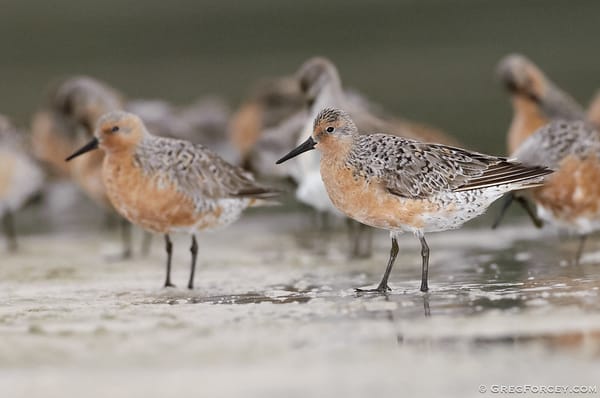
Ultrasonic deterrents have limited effects on reducing bat fatalities at wind facilities
New research suggests limited effectiveness of ultrasonic deterrents for bats at wind facilities

New research suggests limited effectiveness of ultrasonic deterrents for bats at wind facilities

Variation in bat activity from year to year and within years could influence collision risk from offshore wind turbines.

Proposed changes to environmental laws often negatively impact the ecosystems and animals they are trying to protect. Here, I provide guidance for submitting comment letters for proposed rule changes so they have maximum credibility when they are reviewed by regulators.

Meta-analysis across eight wind facilities shows curtailment to be an effective approach for reducing bat collisions

Research identifies the most important topics to improve understanding of offshore wind's impacts on birds and bats

Painting wind turbine blades in a different color has shown promising results for reducing bird fatalities.

A summary of the new 2024 federal regulations for permitting incidental take of bald and golden eagles

How bird and bat conservation strategies are used in wind energy projects

When and why a biological assessment is needed when permitting an energy project

The best subreddits for wildlife professionals and the types of content they offer

Offshore wind bird and bat post-construction monitoring with Acoustic and Thermographic Offshore Monitoring (ATOM)

My summary of a YouTube video describing blogging guidelines for scientists communicating research to the general public

Science Communication
My summary about a YouTube video on tweeting for science and sustainability

Wind-Wildlife Research
ThermalTracker-3D uses thermal and visible-light cameras and image recognition software for bird and bat activity monitoring offshore.

Regulation
On March 31, 2023, the northern long-eared bat became listed as an endangered species, primarily due to population declines from white-nose syndrome.

My Research
Smart curtailment technology reduces bat mortality by shutting down turbines when bats are present and wind speeds are moderate

Wind-Wildlife Research
Floating offshore wind turbines promise the ability to develop wind capacity in deep water, but what challenges will wildlife face?

Technology
BatRack is a remote sensing tool that uses a combination of acoustic, video, and radio telemetry to survey bats within small, defined areas.

My Research
We collaborated with a wind developer and the US Fish and Wildlife Service to develop an Eagle Conservation Plan for an Oklahoma wind facility.

My Research
We present a model for predicting electrocution risk of bald eagles and wood storks on distribution poles in Florida.

My Research
This study presents the results of a landfill’s bird surveys and recommends a bird control plan to minimize gull activity and associated hazards.

My Research
Eagle nest monitoring is required when human disturbance occurs within 660 feet of an active nest. Here the basic nest monitoring and reporting requirements are described.

Wind-Wildlife Research
Landscape spatial models inform collision risks for birds and bats in the central United States

My Research
Landscape habitat variables can influence wetland breeding birds’ occupancy of an area. This research examines the effects of landscape habitat variables on wetland birds in the Prairie Pothole Region of the United States.